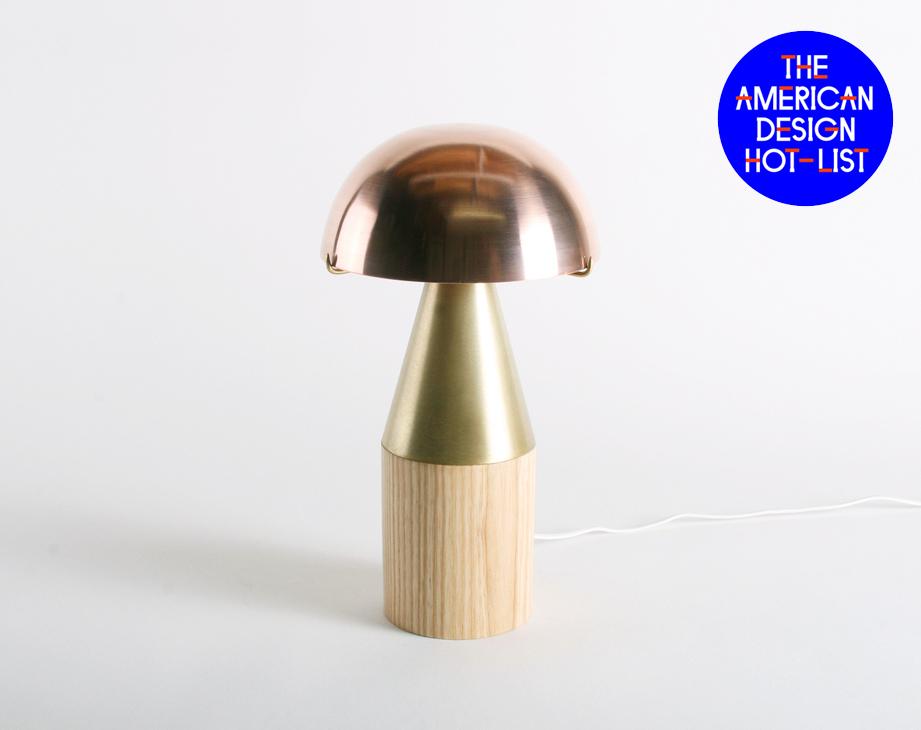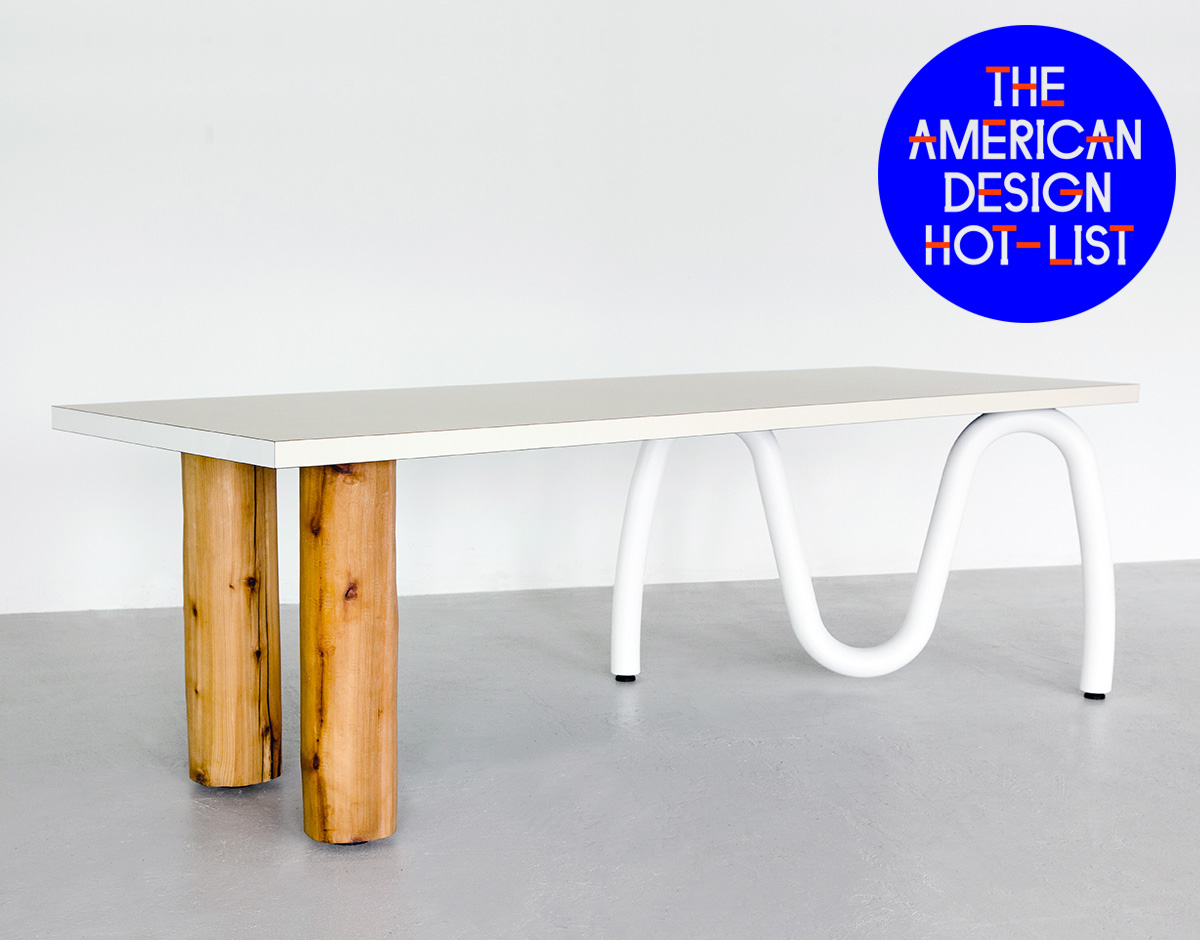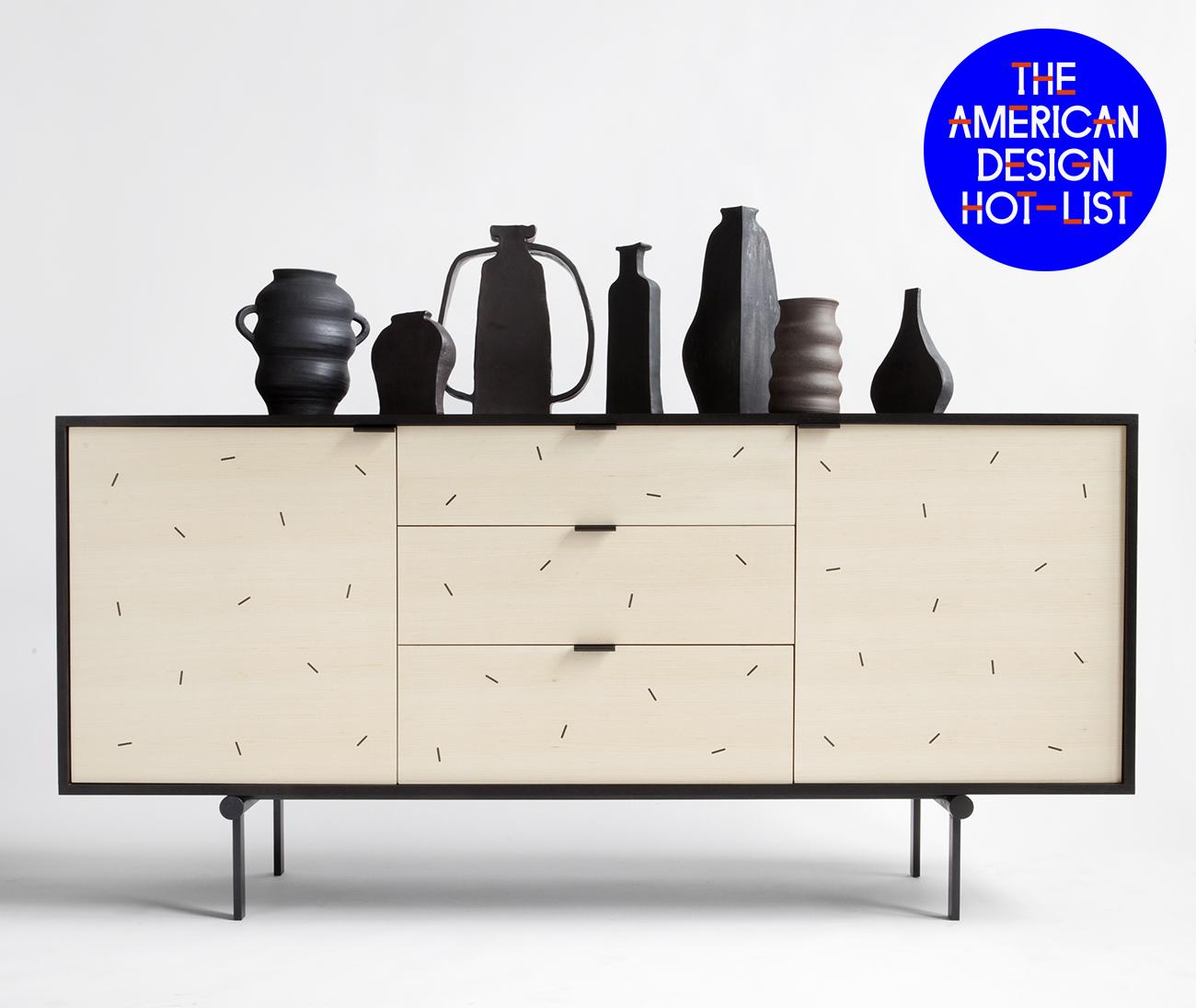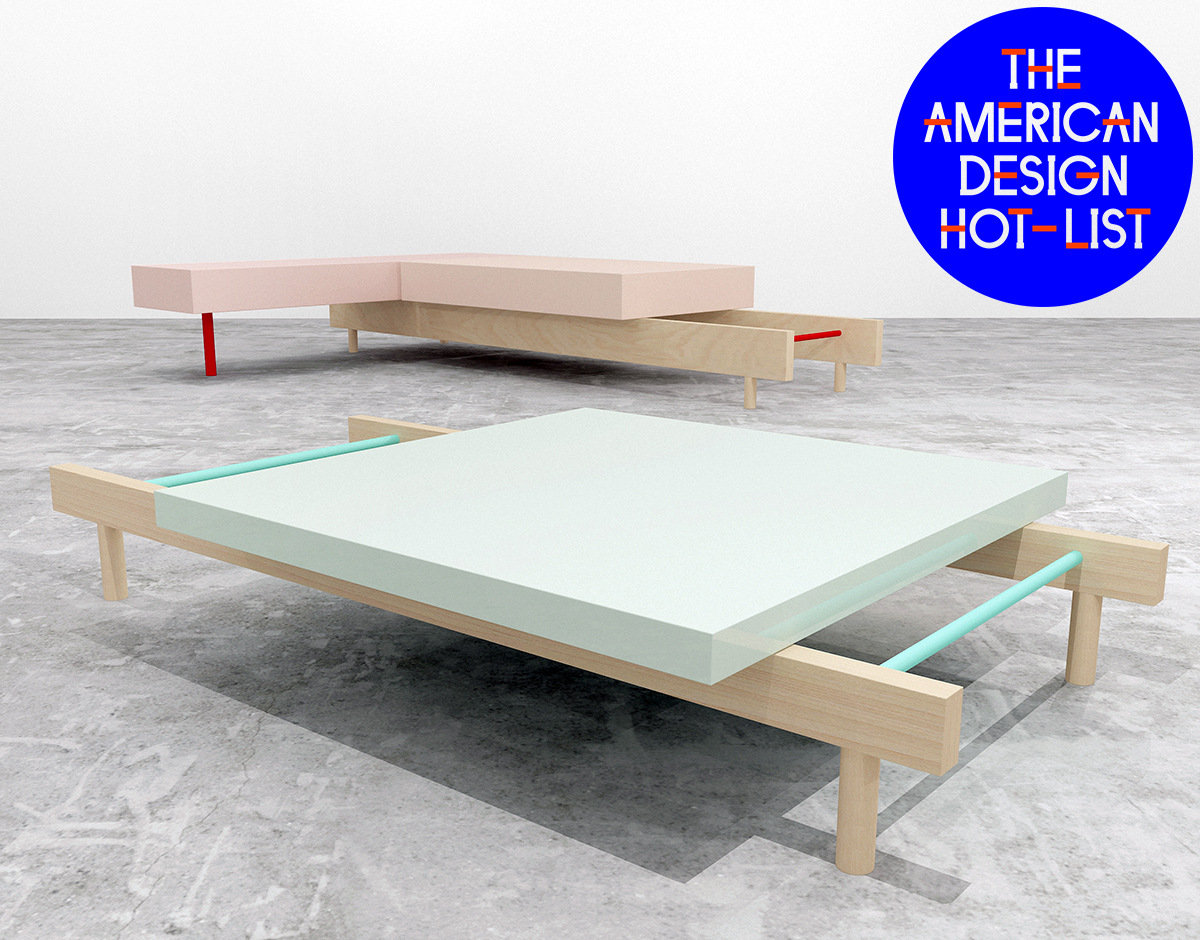
11.16.17
American Design Hot List
The 2017 Hot List, Part IV
This week we announced our fifth annual 2017 American Design Hot List, Sight Unseen’s unapologetically subjective annual editorial award for the 20 names to know now in American design. We’re devoting an entire week to interviews with this year’s honorees — get to know our fourth set of Hot List designers here, then hop on over to our Pinterest, our Instagram, and Facebook accounts for even more coverage.
Home Studios
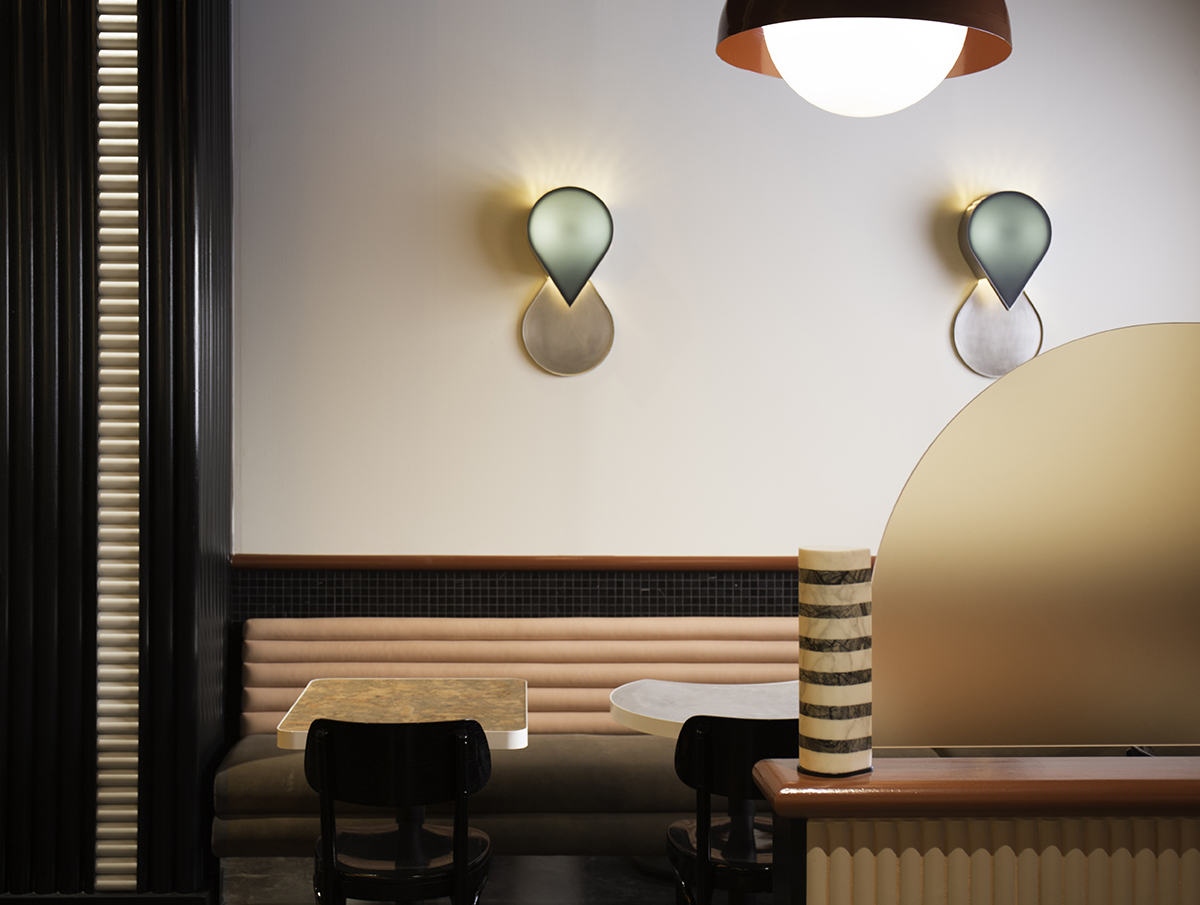
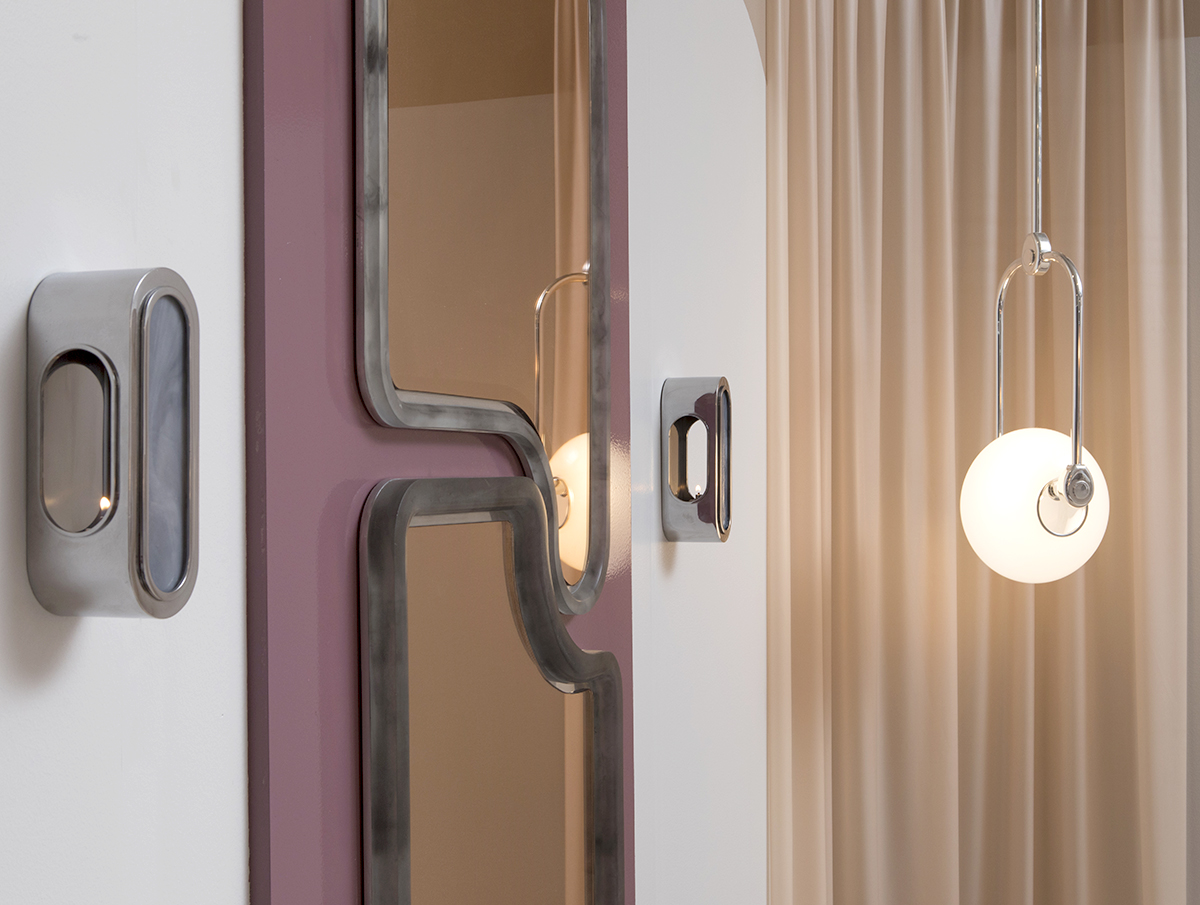
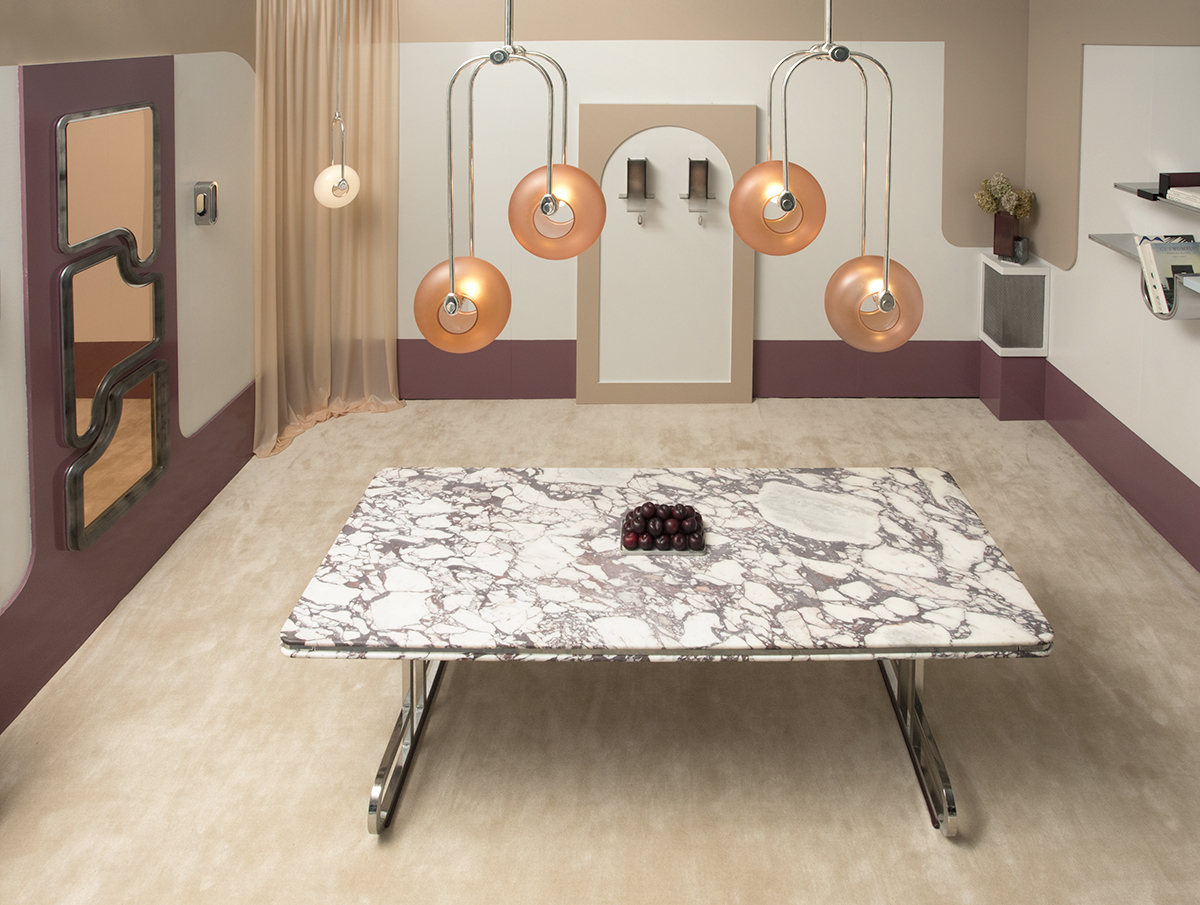
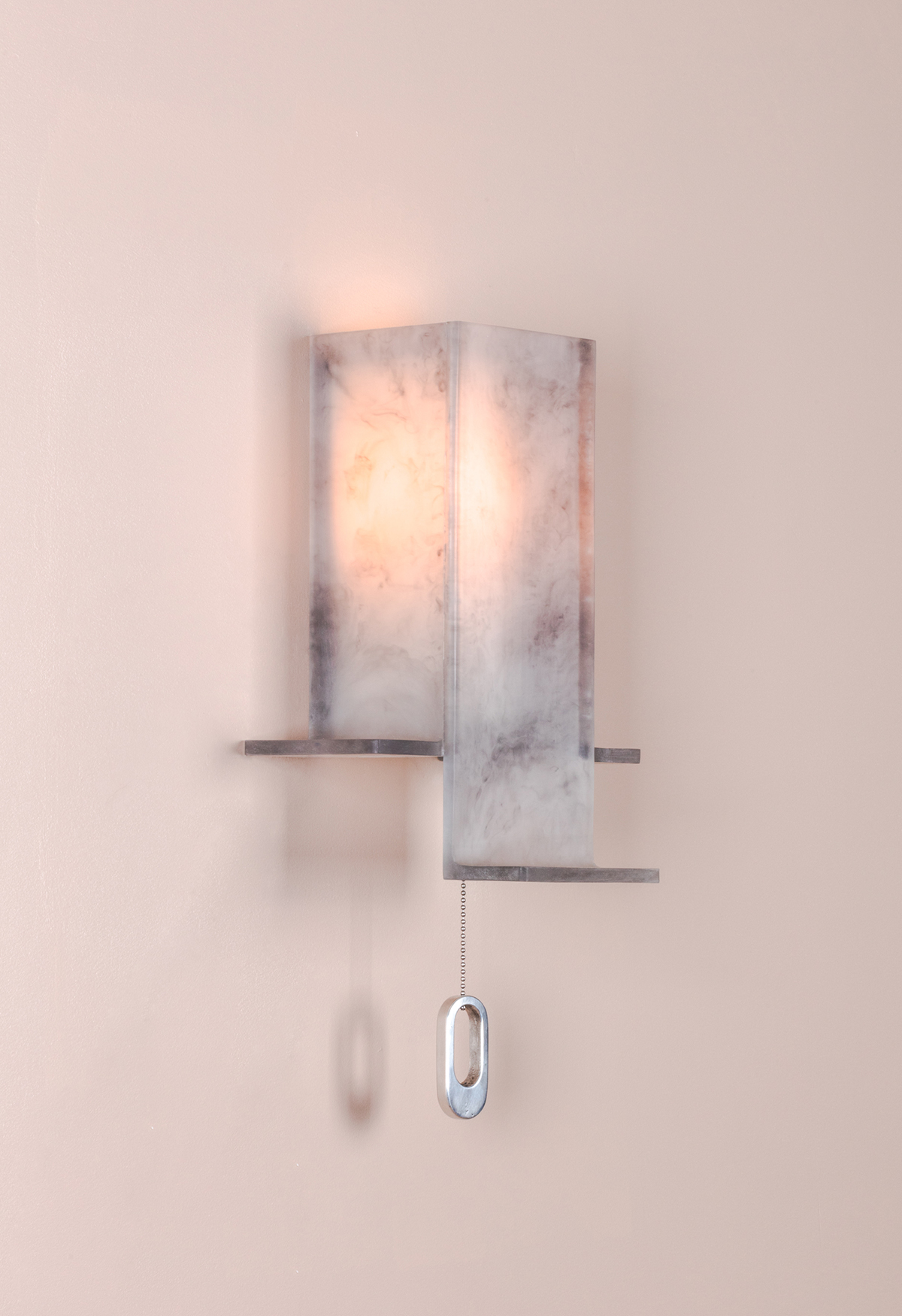
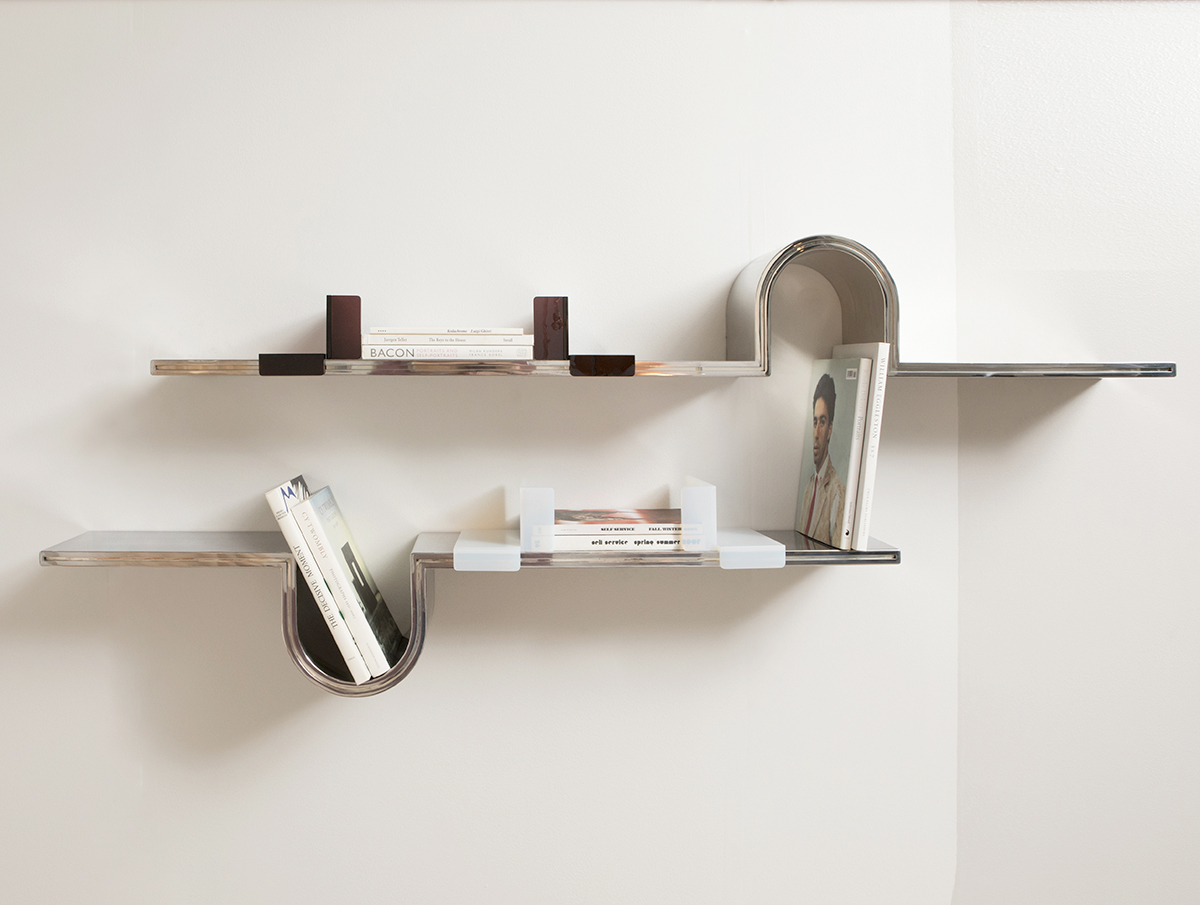
Brooklyn, homestudios.nyc
Having cemented its status as the go-to interiors firm for cult-favorite bars and restaurants in New York and LA, Home Studios this year launched its first collection of furniture, centered around five core materials: stone, resin, glass, metal, and leather. Homework debuted in a cinematic, meticulously designed booth at Sight Unseen OFFSITE, reflecting co-founder Oliver Haslegrave’s obsession with and background in film.
What is American design to you, and what excites you about it?
If one way to think of America is largely defined by paradox, which I agree with, then American design is likewise defined by the same contradictions, but also inherently tasked with — to the extent that it can — resolving them. This also gets a little paradoxical, and from a high enough view is likely just a natural phase in a young country’s cultural growth and maturation. But what is really exciting is that currently I see an emotional sincerity and vulnerability in a fair amount of work, which to me is a crucial step in that resolution. Maybe this has been going on for some time — I don’t know enough to know — or maybe I’m overly sentimental, but what excites me in American, and all, design is the emotional element, the story. I think this is an inspiring time.
What are your plans and highlights for the upcoming year?
A number of interiors projects, including our first hotel and our first New York residence, as well as several really interesting collaborations. And new Homework pieces, which we will be making one at a time.
What inspires or informs your work in general?
Film. I recently started a film series in the studio to focus on production designers — David and Sandy Reynolds-Wasco, Richard Sylbert, Jeannine Oppewall, Jack Fisk, and many others. I love watching films — it was my major in college — and really enjoy thinking of interiors, which we approach as visual stories, through the framework of cinema. And reading — novels, nonfiction, magazines — always leads to diverse and unexpected ideas and connections across disciplines. Recently I read Forest Dark by Nicole Krauss and The Rise by Sarah Lewis — both very inspiring. Also taking photographs is very important, and helpful, to our process.
Kin & Company
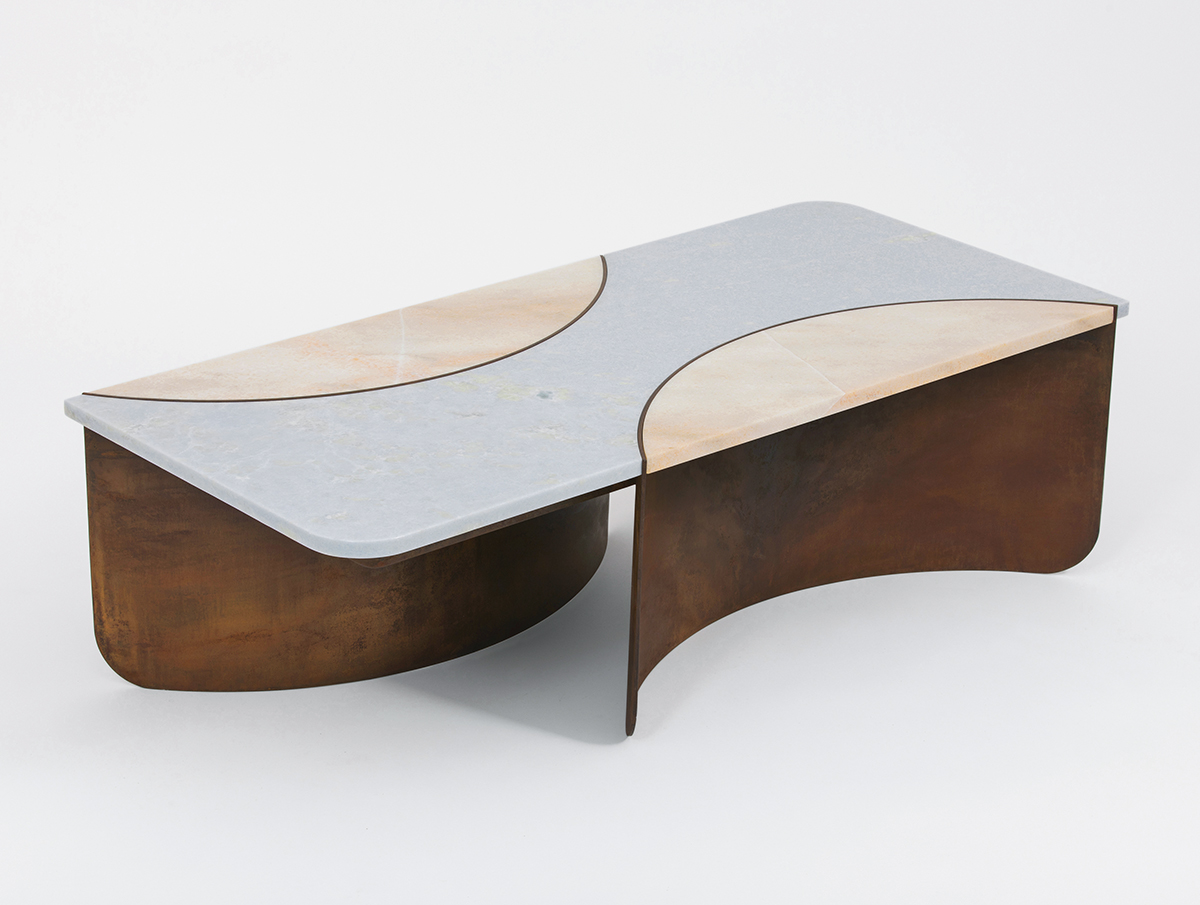
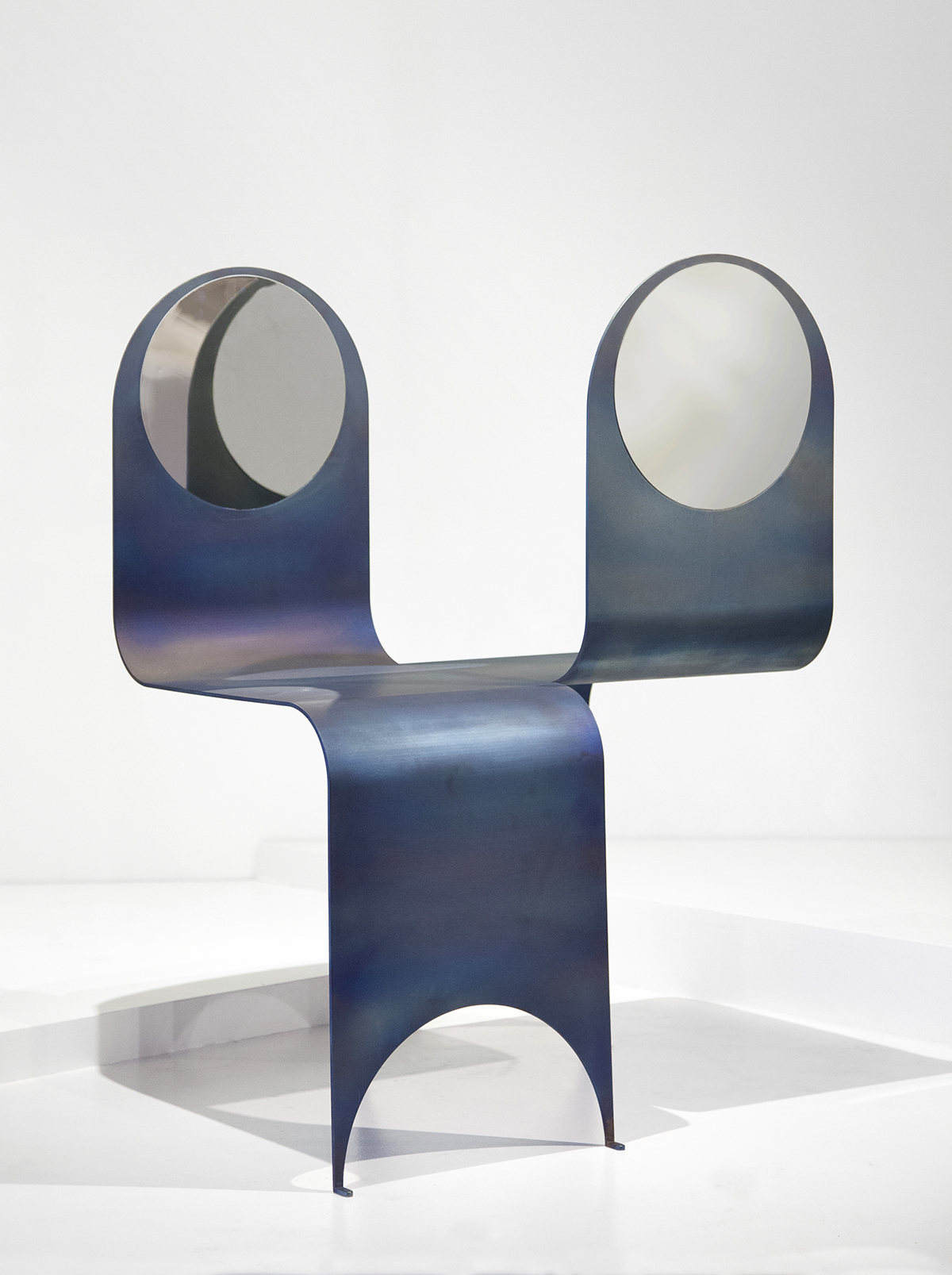
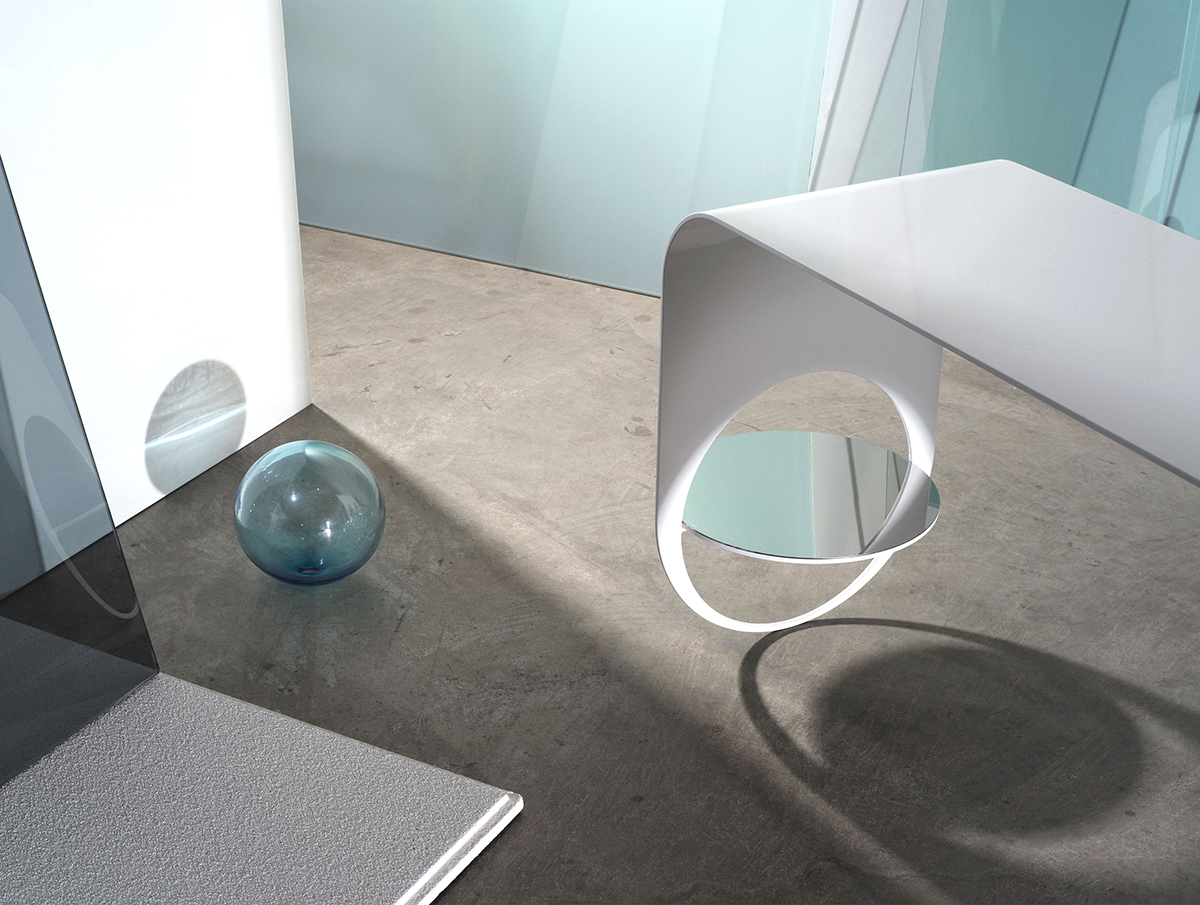
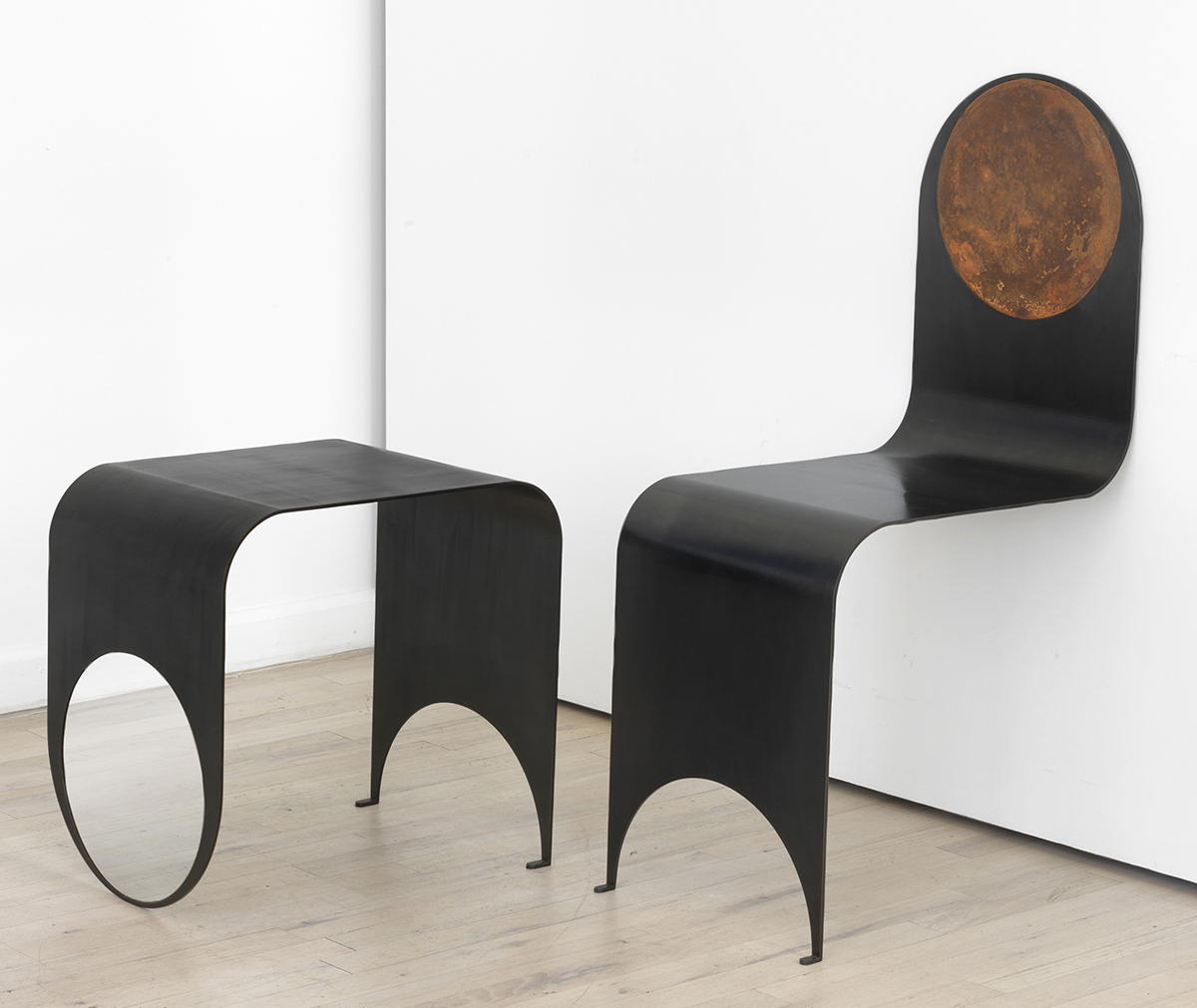
Brooklyn, kinandcompany.com
The collaborative studio of cousins Joseph Vidich and Kira de Paola, Kin & Company’s sculptural furniture pieces verge almost on art. Their work often centers on pushing a material to its limits, as in their Thin Series, a collection of metal tables and chairs so spare they look as though they might collapse — but don’t.
What is American design to you, and what excites you about it?
When we think of American design, we immediately associate it with technology and change. America thrives by questioning the status-quo — in science, politics, art, or design — while encouraging innovation. We have always admired the early modernist American designers, such as George Nelson and Charles and Ray Eames, for their ingenious experiments with new materials and manufacturing methodologies burgeoning at the time they were designing. There was a sense of immediacy during the post-WWII era which allowed designers to draw inspiration from science and technology as well as historical precedent. American design today embodies this legacy of experimentation and transformation in a world that is quickly becoming more compressed, more saturated, and more technological. American designers’ inherent optimism leads them to relentlessly question the boundaries of what a design object is or could be. This idealism, both courageous and fraught with individualism, is what excites us.
What are your plans and highlights for the upcoming year?
We are really excited to be working on a brand-new collection for the Architectural Digest Home Show in March. We’re showing a more extensive collection, with larger pieces, than we have shown before. All our pieces to date have been developed individually; this new collection will be our first to be designed as a cohesive unit. This has made an enormous difference in our ability to delve deeper into the concepts and aesthetics of the new work. We’re also working on some collaborations with other designers, which we may debut at the AD Show or later in the spring.
As creative partners, and cousins, collaborating is such an integral element of our practice. It’s when we set our egos aside and open up to each others’ perspectives and ideas. We believe that taking those risks enriches our designs, and we can’t wait to expand that collaboration even further! Currently, we’re in the research phase of our design process and have been experimenting with a variety of materials and techniques that we’ve never used before. It is a really important part of our work to explore the physicality of the materials alongside the conceptual development. We can’t tell you yet what the pieces will look like, but there will definitely be a lot of rich colors, reflective and translucent surfaces, and of course sculptural metalwork.
What inspires or informs your work in general?
We draw constant inspiration from materials. We’ve worked with metal for years and never cease to be amazed at the multitude of forms it can assume. It is extraordinarily versatile in its ability to be stretched, cast, bent, joined and molded. We are also fascinated by materials and objects that mediate between our bodies and the environments surrounding us. Hand tools, for example, are unique in the way they augment our abilities. Recently we’ve been obsessed with the deceptively simple craftsmanship of Neolithic stone tools, yet they were state-of-the-art technology for thousands of years!
For the new collection, we are looking towards less tangible matter to inform the work. We are particularly interested in experiences that bring us into the present moment. Smell, for example, is a sensorial experience that immediately prompts a strong emotional response, almost before you even know it is happening. We are also in love with the work of James Turrell and Olafur Eliasson for their use of light to create space and how they can so quickly disorient the viewer. The exciting part is transcribing these ephemeral phenomena, which are inherently fleeting, into objects that engage and provoke the space around them.
NUN
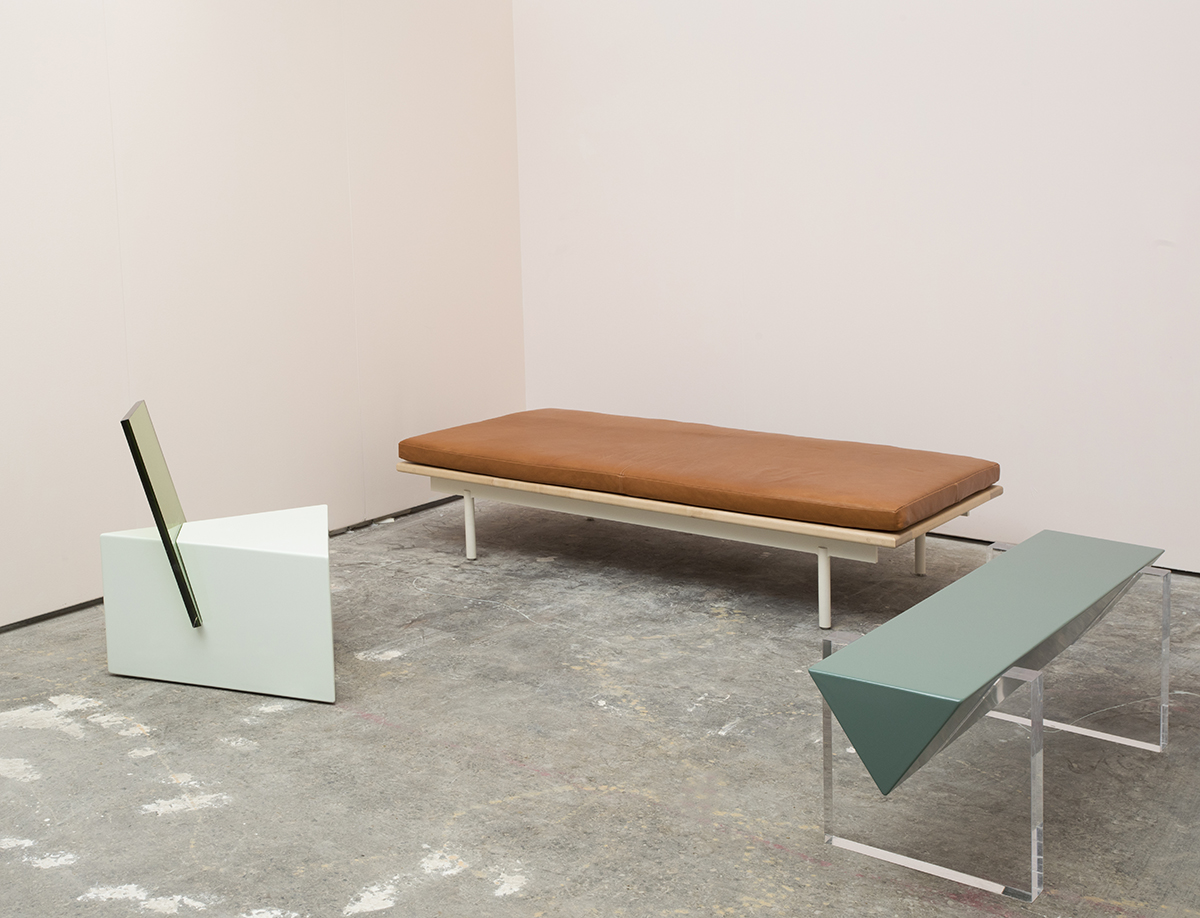
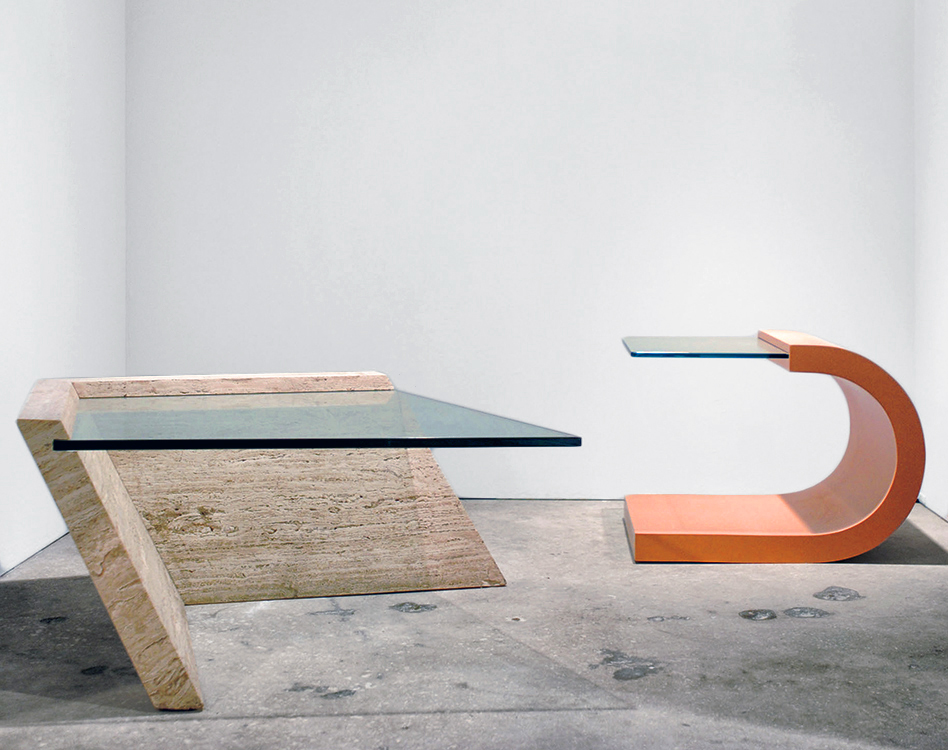
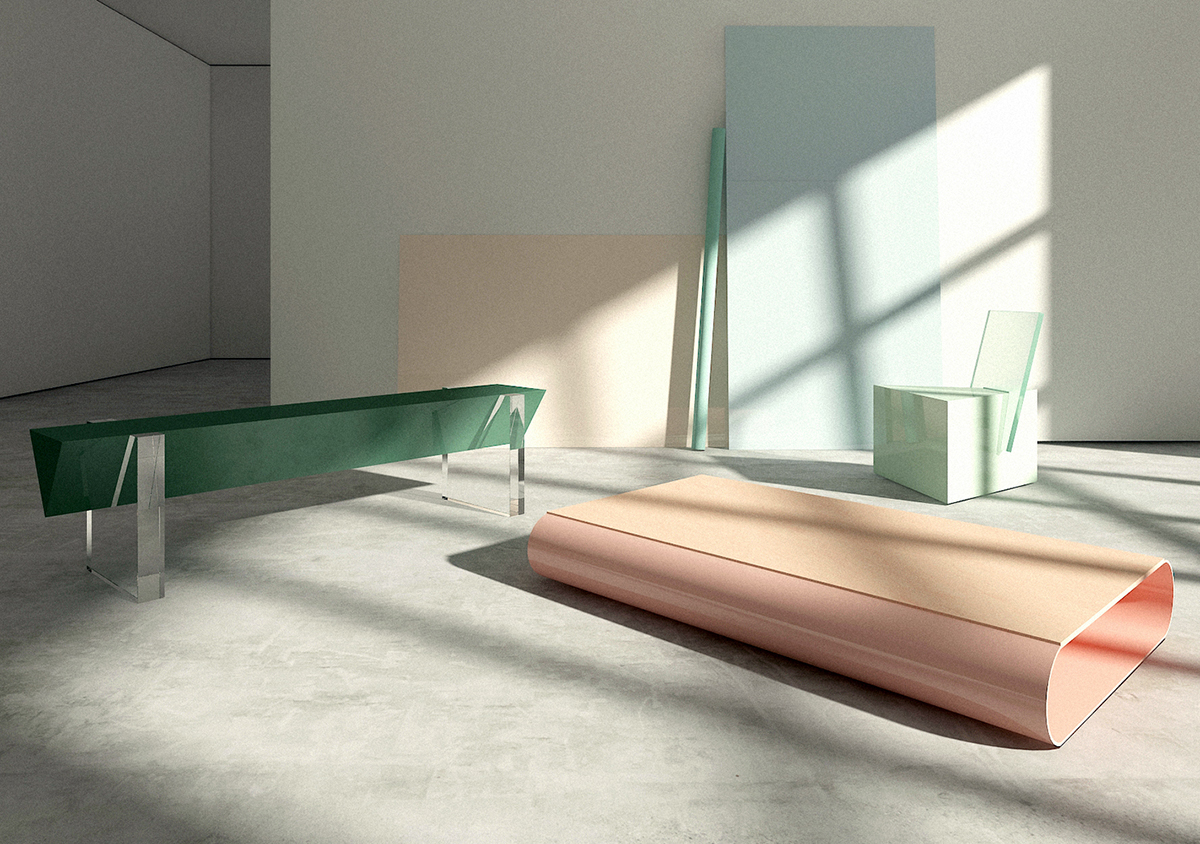
Miami, nun-is.us
Nun is the collaborative design practice of artists and designers Jessica Martin and Deon Rubi. Their work, which we discovered earlier this year, often mixes elemental materials, like glass, metal, and stone, with a contemporary, Miami-inflected palette.
What is American design to you, and what excites you about it?
Deon: I think design in general is an opportunity for dissent, to stray away from the known. American design is as diverse as America itself, and is driven by process and progress, which is so subjective. I think American design can be whatever it wants to be. It’s exciting to work in design in America, the hub of trends and consumerism, and constantly try to break that down while actively participating in it.
Jessica: It’s hard to talk about American design without the rise of industrial manufacturing, or how the speed of urbanization shaped patterns of consumption. It made room for diverse markets and broadened design to a larger audience. In some regard, I don’t fully consider myself an American designer, and I think that’s what interesting. Culturally, it’s a place that isn’t hindered by its past, which in many ways is what makes it powerful.
What are your plans and highlights for the upcoming year?
Deon: Together, we are curating a group show for this coming Art Basel, as well as working on a series of modular furniture pieces commissioned for a mobile gallery space. I have a solo show in February 2018 with Central Fine Gallery, where I will be showing new work that leans more towards art, with paintings and sculptures. I am also starting a consulting business.
Jessica: Recently, I’ve found myself diving more into architecture, thinking about design on a larger scale. I started working on on a series of stone objects that use the tension and weight of the material as a way of creating structure. The pieces are a study in iteration, and using remnants of stone, with all the limitations of their shapes, to create variation. I’m expanding these already made objects and drawings into a larger body of work, as well as continuing an ongoing series of large-scale paintings.
What inspires or informs your work in general?
Most of our inspiration comes from a place outside of design — mechanics, software, the Internet. The abundance of information, speculation, the materiality of new technologies, elasticity as adaptation, and also DIY. All of these things come together to form a hybrid of analog-techno objects that function in a way that’s more inspired by science than aesthetics.
Office GA
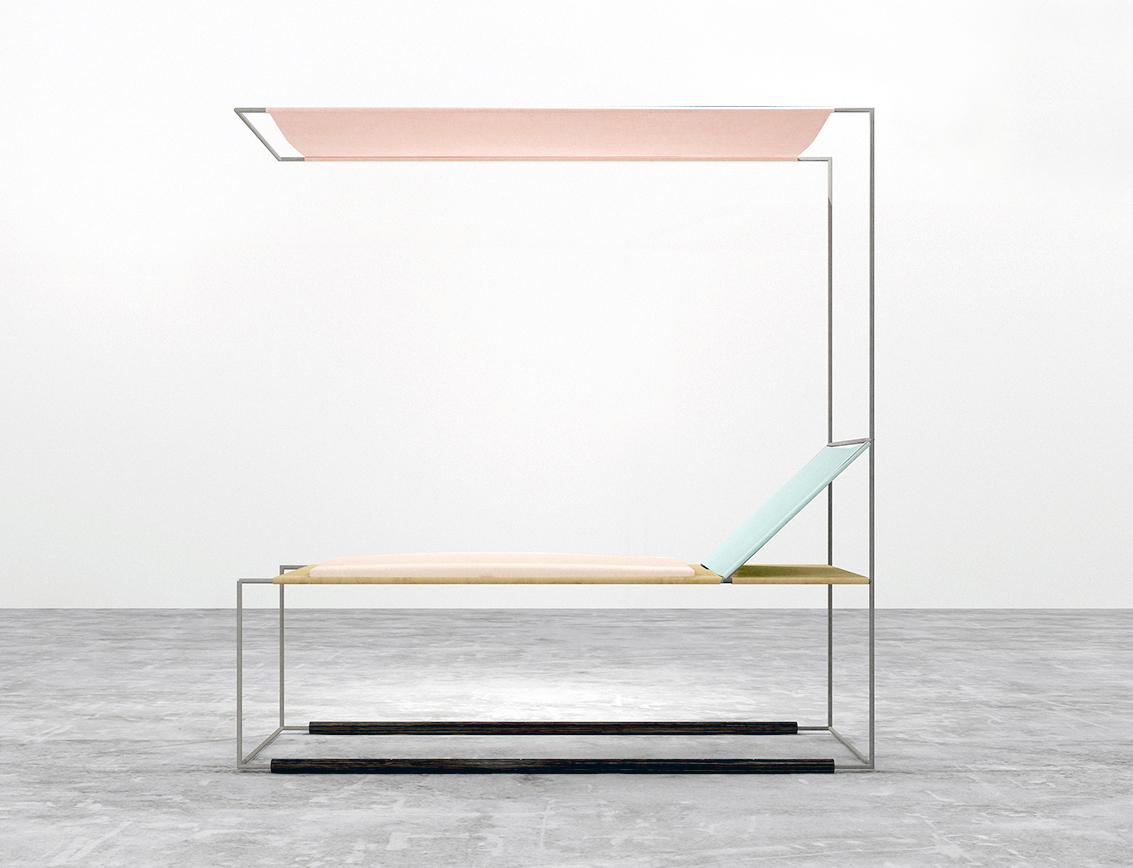
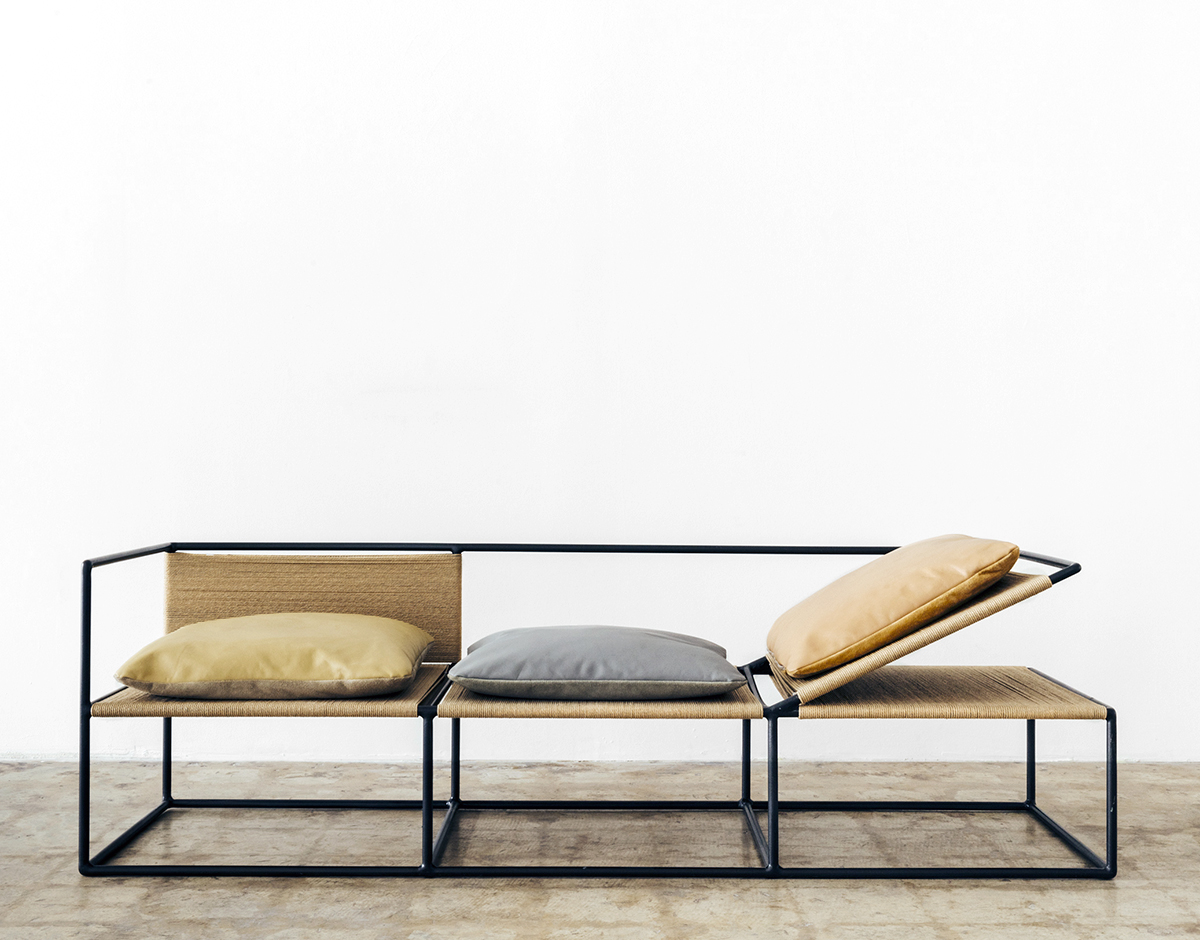
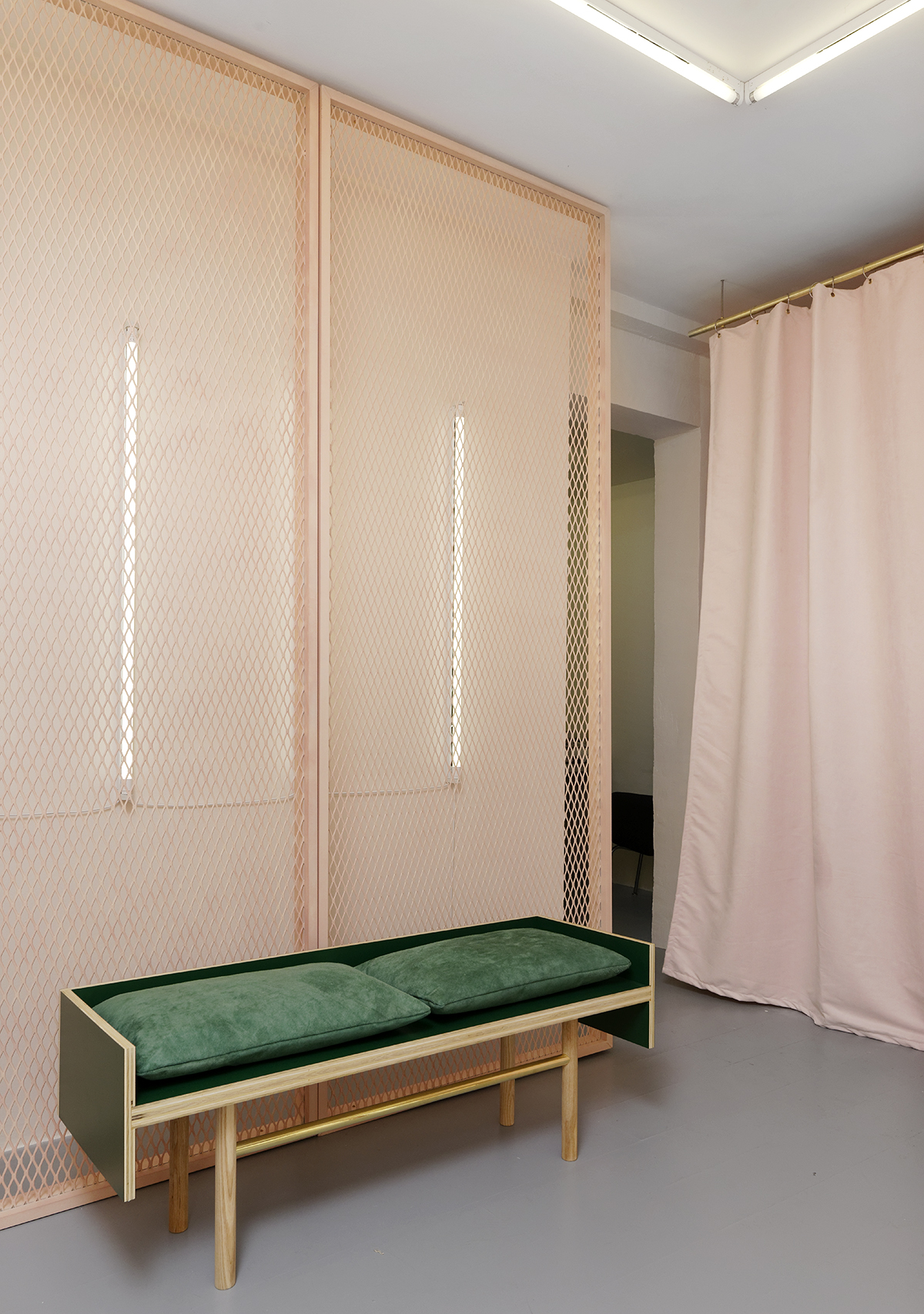
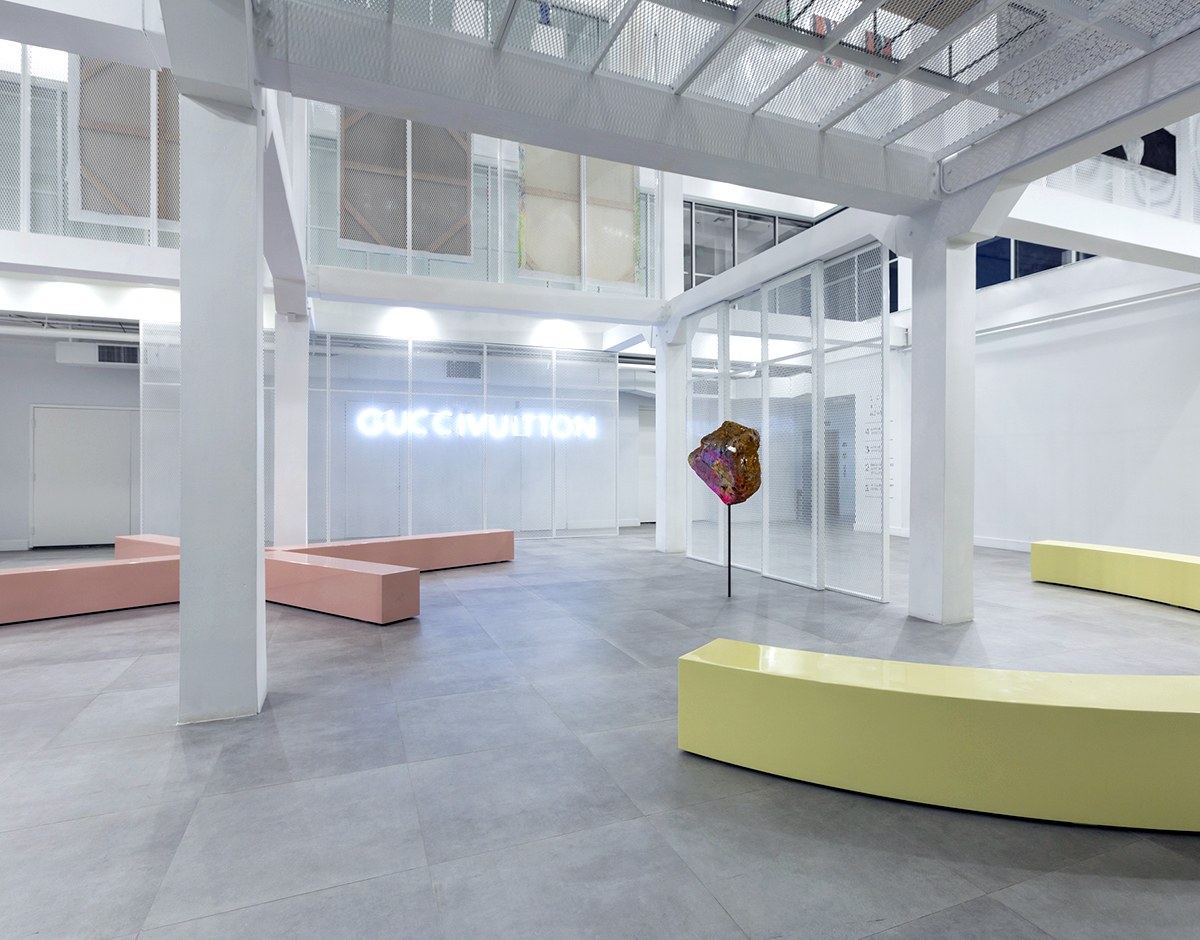
Miami, officega.com
Why aren’t more people talking about Jonathan Gonzalez’s work? After a blink-and-you’ll-miss-it Curio space at Design Miami in 2015, we’ve been excitedly following his Miami-based studio’s work, which often employs organic or raw materials and pastel colors.
What is American design to you, and what excites you about it?
In our own practice, we get to do everything. Objects, art, architecture, exhibitions… There is something about this wide openness that feels distinctly American.
What are your plans and highlights for the upcoming year?
Our studio continues to develop new work for the Institute of Contemporary Art in Miami. We have designed and fabricated almost every piece of furniture for their new museum building and will be working to help realize some major works of artists outside our practice. We are working on new furniture for an exhibition with the gallery Tile Blush and currently designing a collection of new site-specific pieces for a project in Chicago. Our studio is designing a private residence as well, it should be interesting. The ability to design and create our own work while solving the complex problems of other artists and institutions creates new challenges constantly.
What inspires or informs your work in general?
Underrepresented architectures and urban objects. I find a particular joy in banal artifacts from the last century. Between my house and our shop there is a run of curved precast concrete bus stops, from maybe the 1960’s or 70’s. The bench seat curves upwards forming a backrest and arms and turns over to create an overhang for shelter. They appear to float above the sidewalk and have this incredible large pebbled aggregate, making them just uncomfortable enough to not sit on all day. There is this weird beauty to them… formally and functionally married and so good, and yet invisible. Each country has its own set of these incredible infrastructural artifacts, responding to notions of indigenous form and material and building technologies. They are super useful.
